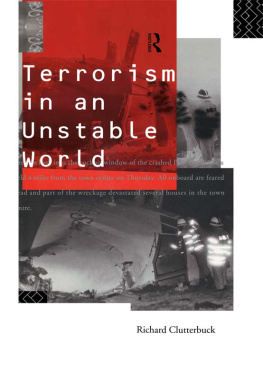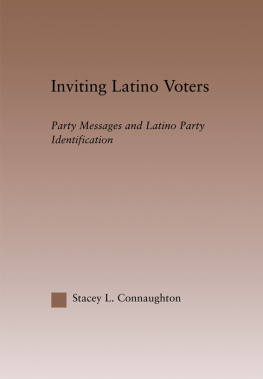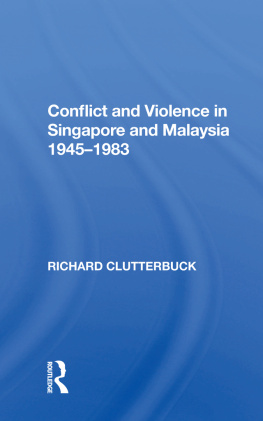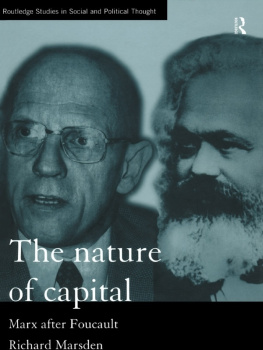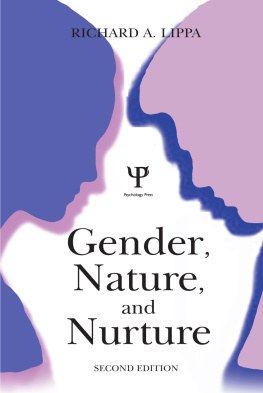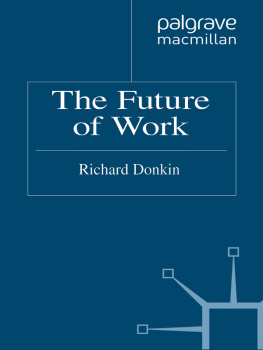Richard Connaughton - The Nature of Future Conflict
Here you can read online Richard Connaughton - The Nature of Future Conflict full text of the book (entire story) in english for free. Download pdf and epub, get meaning, cover and reviews about this ebook. year: 1995, publisher: Pen and Sword, genre: Science. Description of the work, (preface) as well as reviews are available. Best literature library LitArk.com created for fans of good reading and offers a wide selection of genres:
Romance novel
Science fiction
Adventure
Detective
Science
History
Home and family
Prose
Art
Politics
Computer
Non-fiction
Religion
Business
Children
Humor
Choose a favorite category and find really read worthwhile books. Enjoy immersion in the world of imagination, feel the emotions of the characters or learn something new for yourself, make an fascinating discovery.

- Book:The Nature of Future Conflict
- Author:
- Publisher:Pen and Sword
- Genre:
- Year:1995
- Rating:5 / 5
- Favourites:Add to favourites
- Your mark:
- 100
- 1
- 2
- 3
- 4
- 5
The Nature of Future Conflict: summary, description and annotation
We offer to read an annotation, description, summary or preface (depends on what the author of the book "The Nature of Future Conflict" wrote himself). If you haven't found the necessary information about the book — write in the comments, we will try to find it.
The Nature of Future Conflict — read online for free the complete book (whole text) full work
Below is the text of the book, divided by pages. System saving the place of the last page read, allows you to conveniently read the book "The Nature of Future Conflict" online for free, without having to search again every time where you left off. Put a bookmark, and you can go to the page where you finished reading at any time.
Font size:
Interval:
Bookmark:
of the Russo-Japanese War 19045.
Intervention in Siberia 19181920.
(with Drs Duncan Anderson and John Pimlott)
OF FUTURE
CONFLICT

to those who do know but do not wish to know;
and to those who think they know but do not know;
this book is respectfully dedicated.
| Annexes |
| AWACS | Airborne warning and Control System |
| CEE | Central and Eastern Europe |
| CFE | The Treaty on Conventional Armed Forces in Europe |
| CIA | Central Intelligence Agency |
| CIS | Commonwealth of Independent States |
| COMECON | Council for Mutual Economic Assistance |
| CSCE | Conference on Security and Co-operation in Europe |
| CSRC | Conflict Studies Research Centre |
| CTFHQ | Combined Task Force Headquarters |
| DPA | Department of Political Affairs (UN) |
| DPKO | Department of Peacekeeping Operations (UN) |
| EC | European Community |
| ECMM | European Community Monitor Mission |
| EFA | European Fighter Aircraft |
| ERM | Exchange Rate Mechanism |
| ESDI | European Security and Defence Identity |
| EU | European Union |
| FAC | Forward Air Controller |
| FOD | Field Operations Division (UN) |
| FOO | Forward Observation Officer |
| FSU | Former Soviet Union |
| GATT | General Agreement on Tariffs and Trade |
| GOs | Government Organisations |
| GPALS | Global Protection Against Limited Strikes |
| GPS | Global Positioning System |
| HIC | High Intensity Conflict |
| IAEA | International Atomic Energy Authority |
| ICJ | International Court of Justice |
| ICRC | International Committee of the Red Cross |
| IEPG | Independent European Programme Group |
| JSTARS | Joint Surveillance Target Attack Radar System |
| JTFHQ | Joint Task Force Headquarters |
| LIC | Low Intensity Conflict |
| LSC | The London Suppliers Club |
| MC | Military Committee (NATO) |
| MIC | Mid Intensity Conflict |
| MILREP | Military Representative |
| MLRS | Multiple Launched Rocket System |
| MSC | Military Staff Committee |
| MTCR | Missile Technology Control Regime |
| MTR | Military Technical Revolution |
| NAC | North Atlantic Council |
| NACC | North Atlantic Co-operation Council |
| NATO | North Atlantic Treaty Organisation |
| NBC | Nuclear, Biological and Chemical (Warfare) |
| NGOs | Non-Government Organisations |
| NPT | Treaty on the Non-Proliferation of Nuclear Weapons |
| PCE | Post-Communist Europe |
| ROE | Rules of Engagement |
| RPF | Rwandan Patriotic Front |
| SIPRI | Stockholm International Peace Research Institute |
| UN | United Nations |
| UNDP | United Nations Development Programme |
| UNHCR | United Nations High Commission for Refugees |
| UNITAF | Unified Task Force |
| UNOSOM | United Nations Operations in Somalia |
| UNPROFOR | United Nations Protection Force |
| UNTAC | United Nations Transitional Authority in Cambodia |
| US EUCOM | United States European Command |
| USMC | United States Marine Corps |
| WEU | Western European Union |
Font size:
Interval:
Bookmark:
Similar books «The Nature of Future Conflict»
Look at similar books to The Nature of Future Conflict. We have selected literature similar in name and meaning in the hope of providing readers with more options to find new, interesting, not yet read works.
Discussion, reviews of the book The Nature of Future Conflict and just readers' own opinions. Leave your comments, write what you think about the work, its meaning or the main characters. Specify what exactly you liked and what you didn't like, and why you think so.


